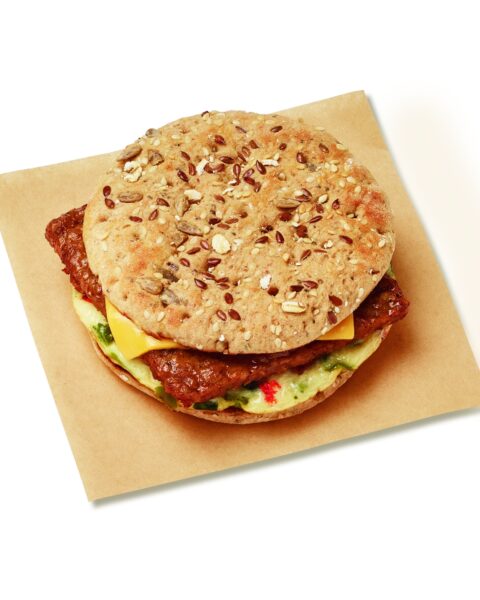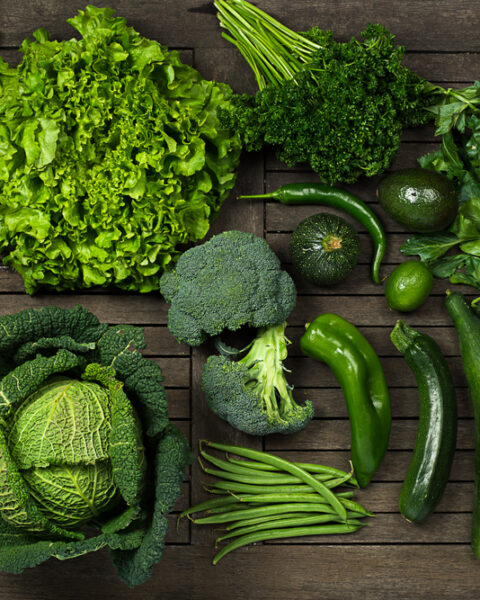Adding more whole grains to your meals is one of the simplest ways to boost your health without overhauling your entire diet. These grains are packed with essential nutrients like fiber, protein, and vitamins that keep your body running smoothly. Plus, they’re so versatile; you can add them to salads and soups or even bake with them. Making these grains a regular part of your meals can be a game-changer for your energy and overall wellness.
Contents
Quinoa
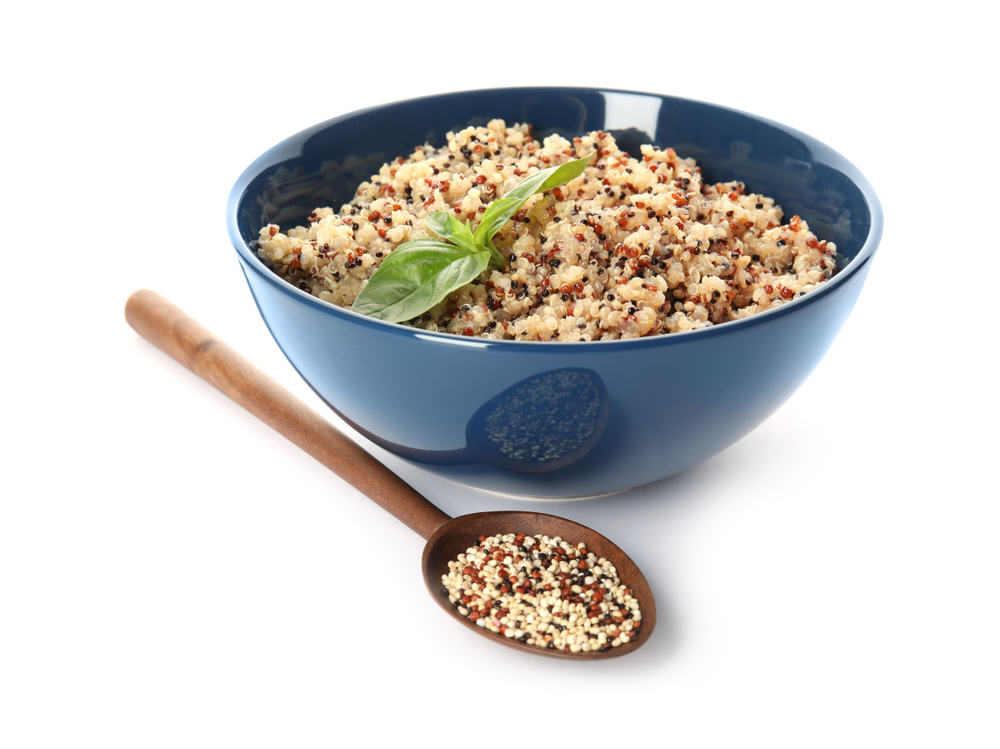
Quinoa is a complete protein, meaning it contains all nine essential amino acids, making it ideal for muscle repair and overall health. It’s rich in fiber, magnesium, and iron, supporting heart health and energy levels. Quinoa is gluten-free and easily digestible, perfect for those with sensitivities. Its nutty flavor pairs well with both savory and sweet dishes, such as salads or breakfast bowls. You can cook quinoa in a 1:2 ratio with water for fluffy, tender grains. Incorporating quinoa into your meals can add a nutritional boost and enhance texture.
Brown Rice
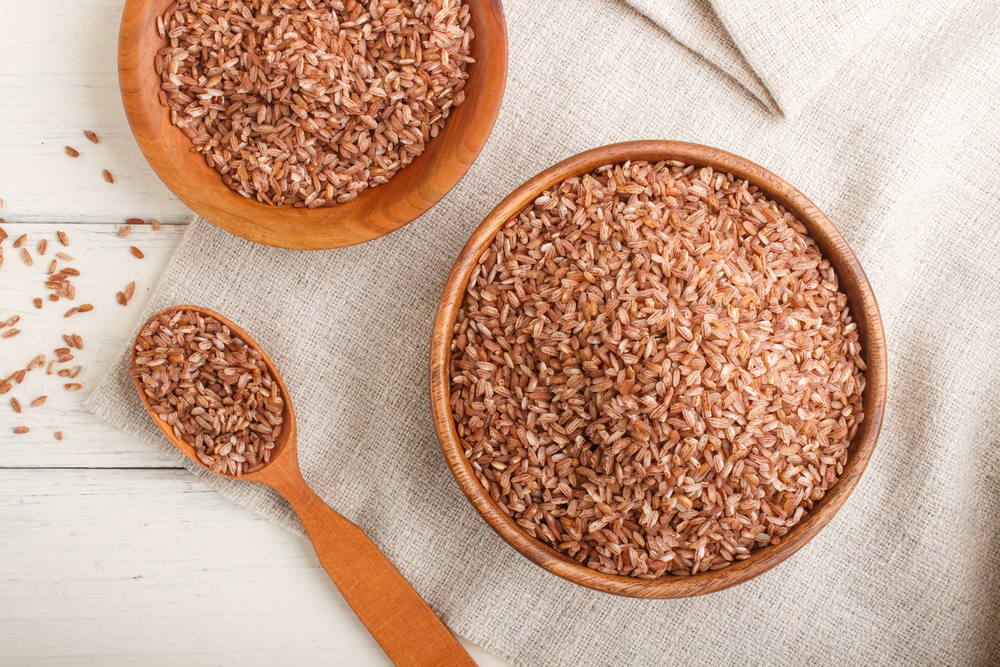
Brown rice retains the bran and germ, making it more nutritious than white rice. It is a great source of fiber, which aids in digestion and helps maintain healthy cholesterol levels. Packed with B vitamins and magnesium, brown rice supports energy production and bone health. This whole grain is versatile and can be used in stir-fries, casseroles, and soups. Soaking it before cooking can help reduce the cooking time and make it fluffier. Its mild, nutty flavor makes it a staple for any meal.
Barley
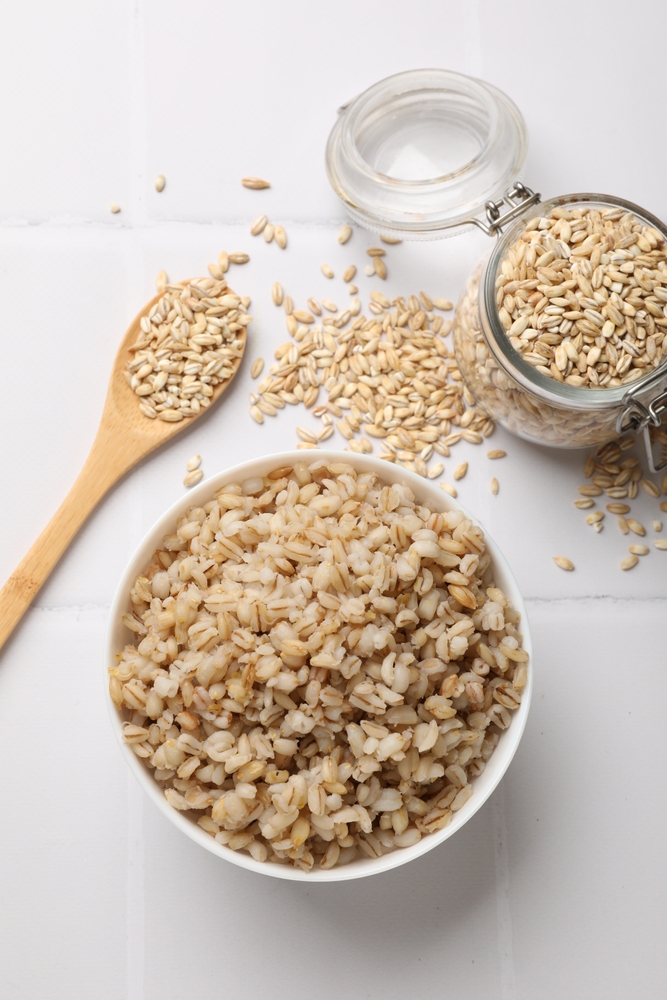
Barley is known for its high content of beta-glucan, a soluble fiber that helps lower cholesterol. This grain also provides antioxidants, vitamins, and minerals, including selenium and magnesium, which contribute to heart health and immune function. It has a chewy texture and a nutty flavor, making it perfect for soups, stews, and grain bowls. Opt for hulled barley to get the most nutritional value. Barley is a filling grain that can help you maintain satiety throughout the day.
Millet
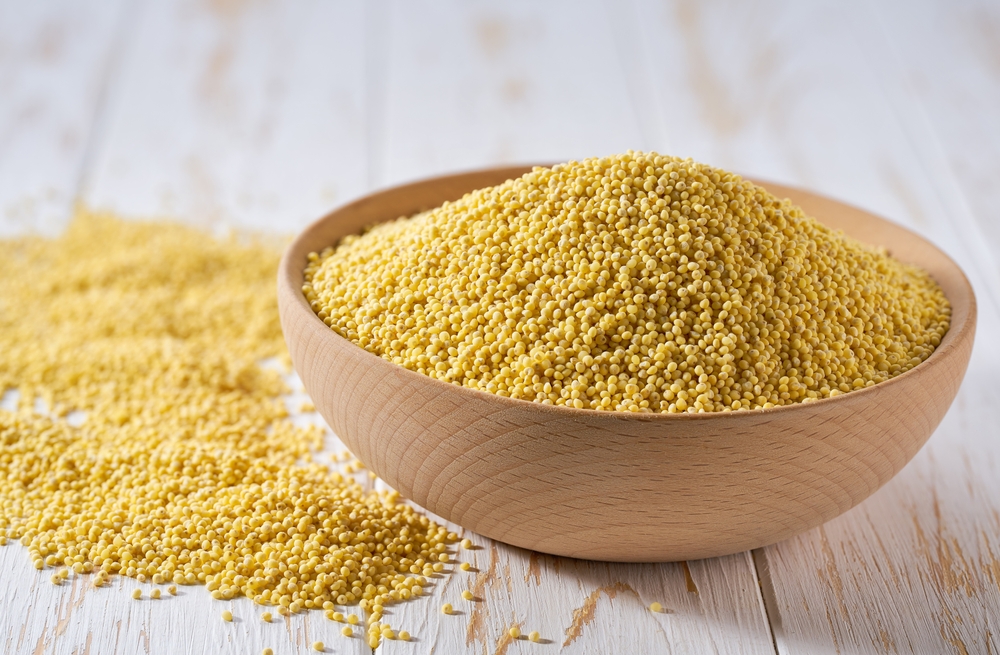
Millet is a small, gluten-free grain that is rich in magnesium, phosphorus, and B vitamins. Its mild sweetness makes it a versatile ingredient in both savory and sweet dishes, from salads to porridge. Millet also provides significant fiber and antioxidants, which aid in digestion and reduce inflammation. It cooks quickly, usually within 15-20 minutes, and can be used as a replacement for rice or couscous. Adding millet to your diet can help support muscle and nerve function.
Bulgur
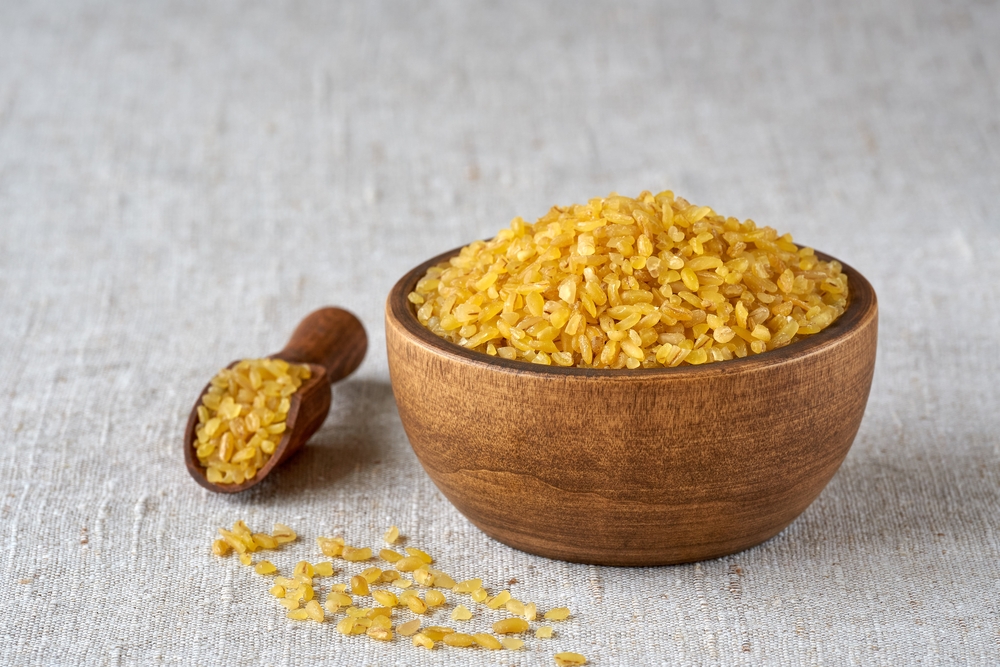
Bulgur is a quick-cooking whole grain made from cracked wheat, commonly used in Mediterranean dishes like tabbouleh. It is high in fiber, promoting digestive health and helping to regulate blood sugar levels. Bulgur is also a good source of manganese and iron, supporting energy production and immune function. Its mild flavor and fluffy texture make it an excellent base for grain salads or a side dish. This whole grain cooks in just 10-15 minutes, making it a convenient option for busy meals.
Oats
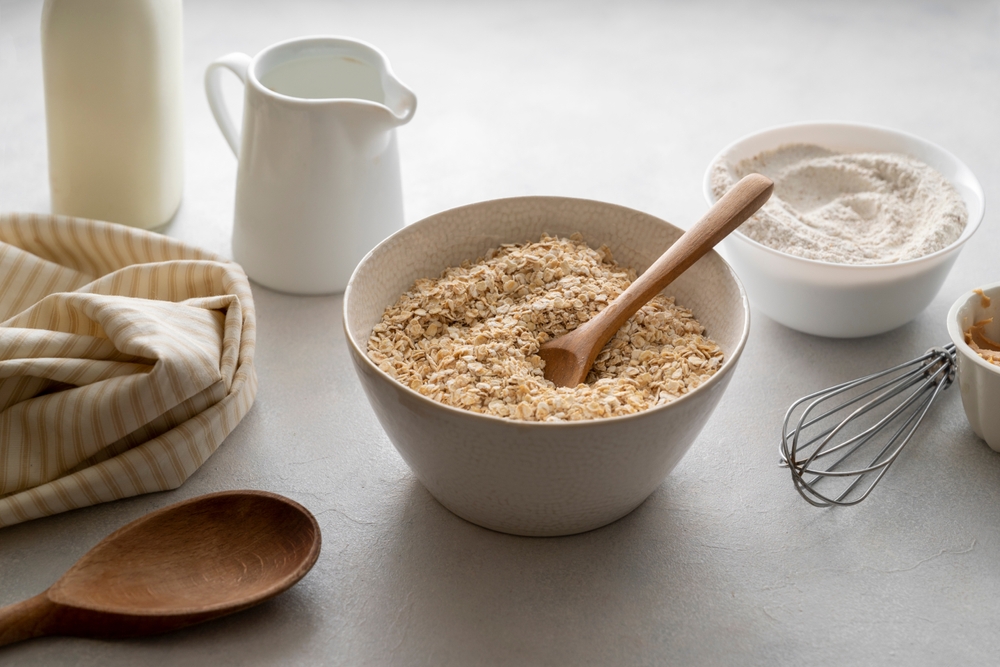
Oats are a popular whole grain known for their heart-healthy benefits, thanks to their high content of beta-glucan, a type of soluble fiber that lowers cholesterol. They are also rich in antioxidants and nutrients like manganese and magnesium, promoting overall well-being. Oats can be enjoyed in various forms, from oatmeal to baked goods. They are easy to prepare and can be made into overnight oats for a quick and nutritious breakfast. Oats provide long-lasting energy and support digestive health.
Rye
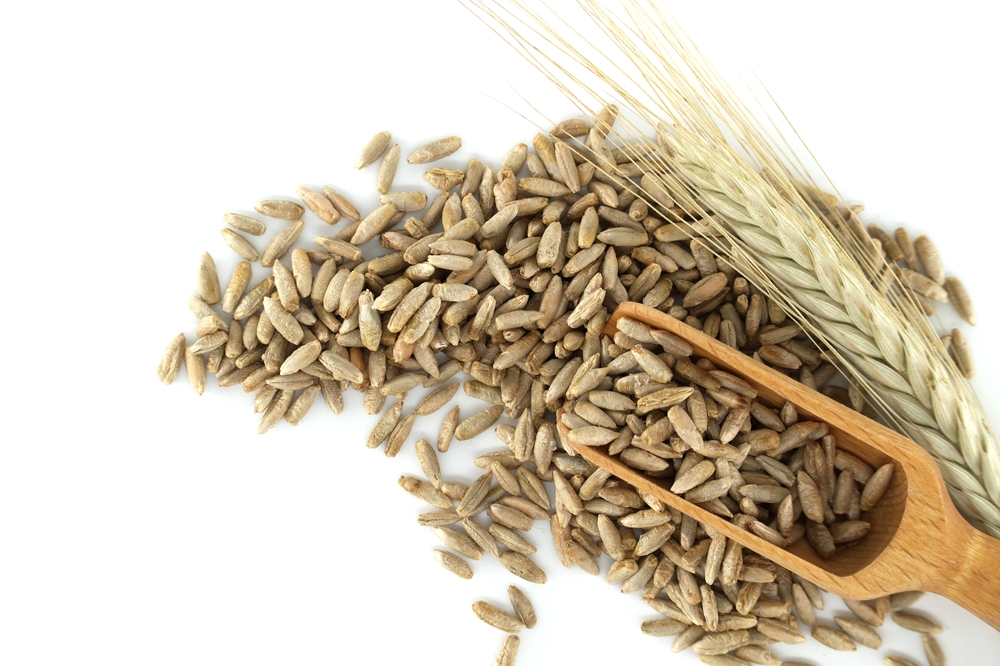
Rye is a nutrient-dense whole grain packed with fiber, magnesium, and B vitamins. It has a robust, slightly tangy flavor often found in rye bread, but can also be cooked as a whole grain for salads or side dishes. Rye is known to help improve digestion and reduce the risk of chronic diseases like heart disease and diabetes. This grain can be incorporated into meals by swapping it for traditional grains like rice or wheat. Its unique flavor makes it a favorite in many European cuisines.
Sorghum
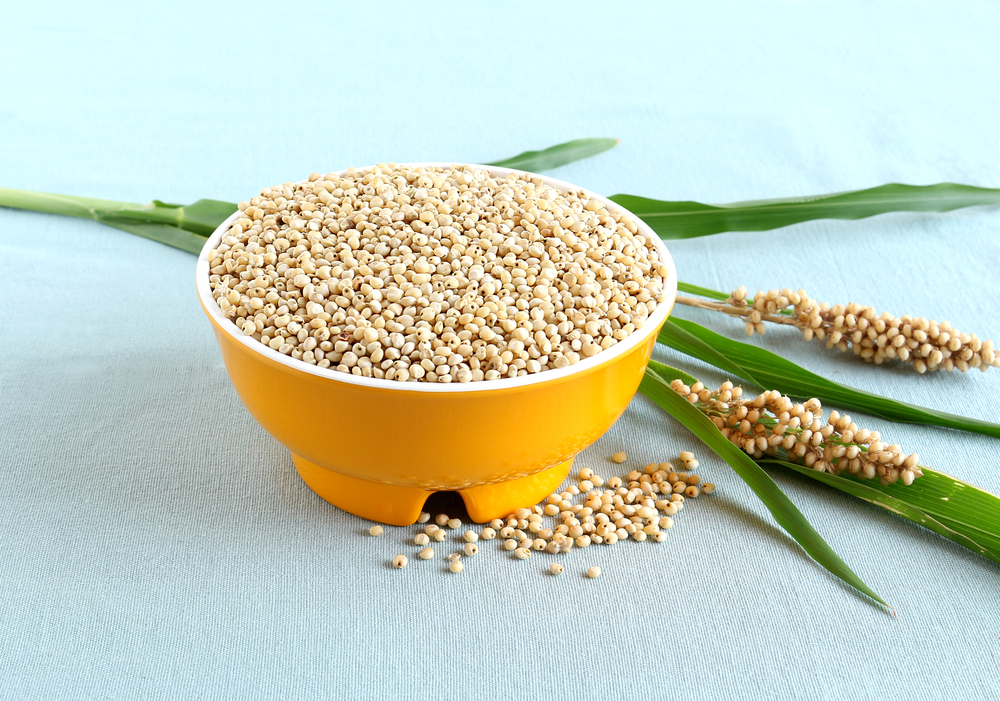
Sorghum is a gluten-free grain with a mild, earthy flavor and a chewy texture. It is high in fiber, antioxidants, and essential nutrients like iron and magnesium, making it beneficial for heart health and blood sugar regulation. Sorghum can be used in place of rice, popped like popcorn, or added to salads for extra texture. It’s also known for its drought tolerance, making it a sustainable choice. Including sorghum in your diet can add variety and nutritional value.
Amaranth
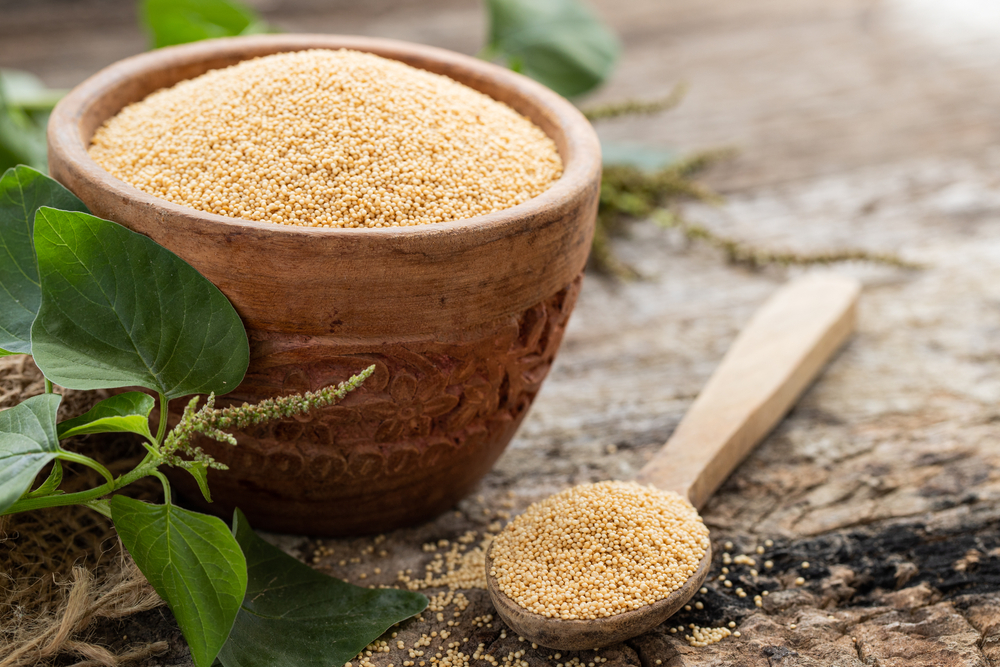
Amaranth is an ancient grain that, like quinoa, is a complete protein. It contains high levels of fiber, calcium, and iron, supporting bone health and preventing anemia. This gluten-free grain has a slightly nutty flavor and a creamy texture when cooked, making it great for thickening soups and stews. Amaranth is also rich in phytonutrients that have anti-inflammatory and antioxidant properties. Incorporating amaranth into your diet can enhance your intake of essential nutrients.
Teff
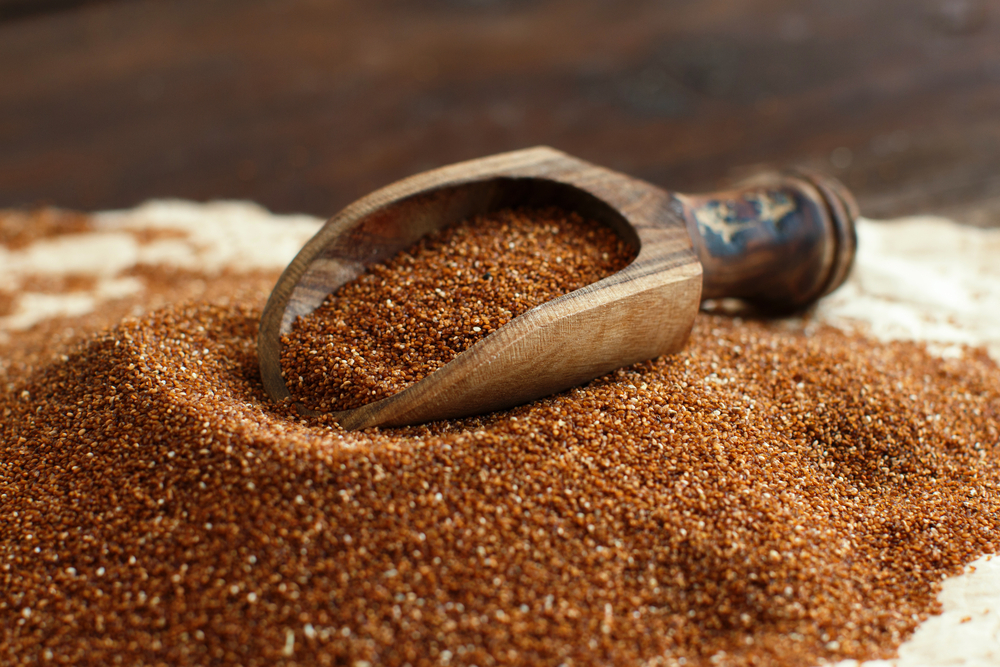
Teff is a tiny grain from Ethiopia, known for its high protein and calcium content. It is also rich in resistant starch, which aids in blood sugar control and weight management. Teff has a mild, nutty flavor and can be used to make porridge, baked goods, or traditional Ethiopian injera. This gluten-free grain is an excellent source of iron, which is crucial for oxygen transport in the body. Including teff in your meals can improve bone health and digestive function.
Wild Rice
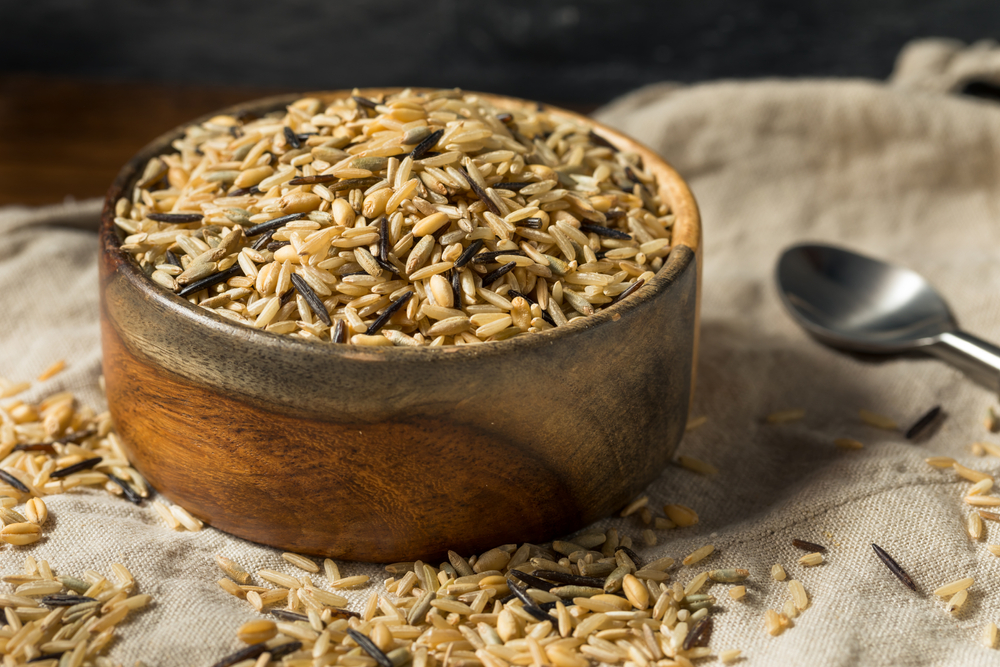
Wild rice is not technically rice but rather the seed of aquatic grass. It has a chewy texture and a distinctive nutty flavor that sets it apart from regular rice varieties. Wild rice is packed with fiber, protein, and essential minerals like magnesium and phosphorus, promoting muscle function and bone health. It also contains antioxidants that help protect cells from damage, supporting overall wellness. This grain can be used in soups, salads, or as a side dish. Wild rice adds a nutritional boost to meals and can be an exciting alternative to more common grains.
Buckwheat

Despite its name, buckwheat is not related to wheat and is naturally gluten-free. This pseudo-cereal is rich in antioxidants, fiber, and magnesium, supporting heart health and helping to manage blood pressure. It also contains rutin, a compound known to strengthen blood vessels and improve circulation. Buckwheat is often used in pancakes, soba noodles, or as a substitute for rice in salads. Its distinct, slightly bitter flavor pairs well with savory dishes, and its high nutrient content makes it a great choice for those looking to improve heart and digestive health.
Farro
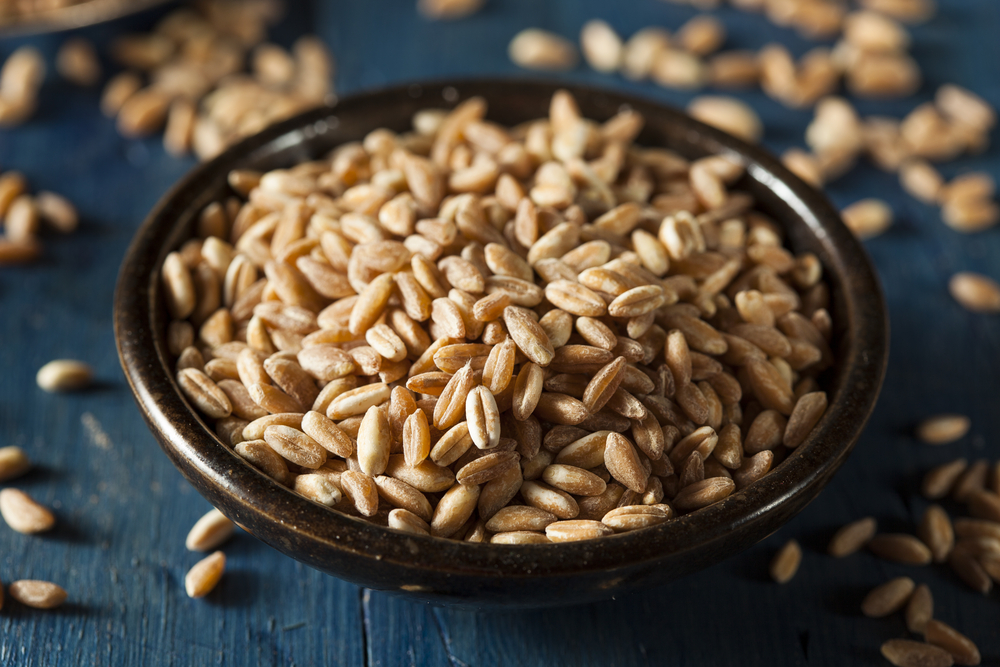
Farro is an ancient wheat grain with a nutty flavor and chewy texture. It is rich in fiber, protein, magnesium, and B vitamins, supporting digestion and energy production. Farro is also high in antioxidants, which can help protect against chronic diseases like heart disease and cancer. It’s versatile and can be used in soups, salads, and grain bowls, providing a heartier texture than rice or quinoa. Farro is an excellent option for those looking to add variety to their meals while boosting their intake of essential nutrients.
Spelt
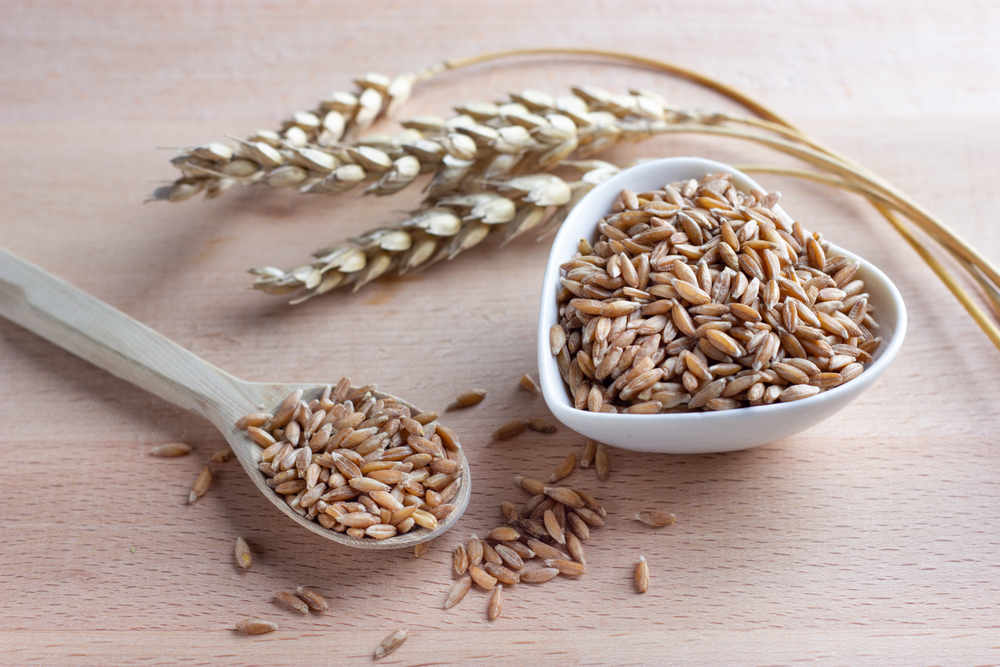
Spelt is an ancient grain that has been cultivated for thousands of years and is closely related to modern wheat. It contains more protein and fiber than conventional wheat, supporting muscle repair and digestion. Spelt is also rich in magnesium and zinc, promoting bone health and immune function. Its slightly sweet, nutty flavor makes it a versatile grain for baking bread, pastries, or cooking as a side dish. Incorporating spelt into your diet can help you reap the benefits of whole grains with added protein.
Freekeh
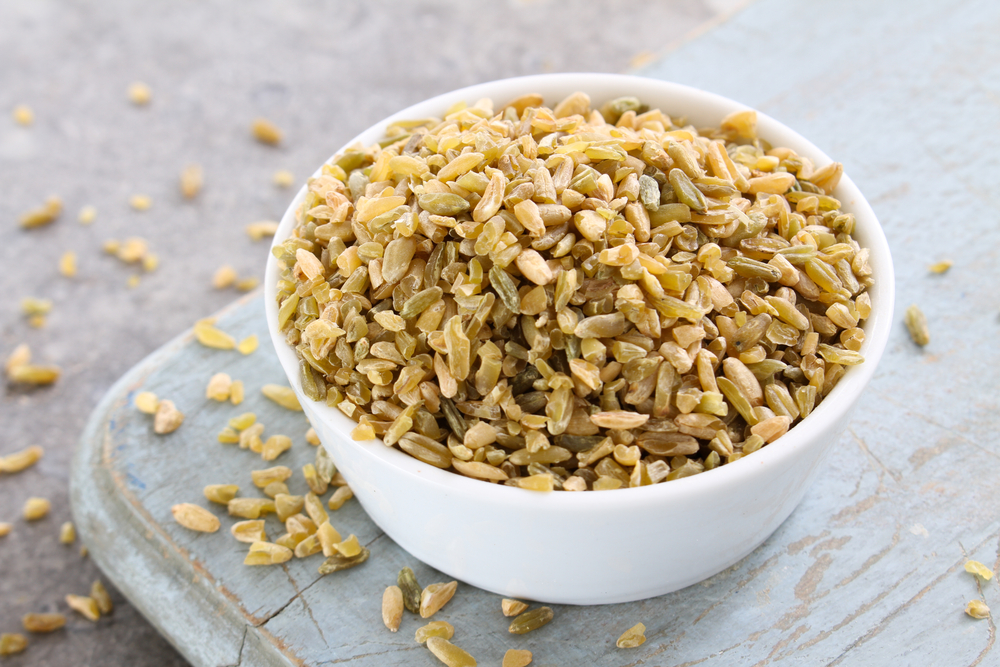
Freekeh is a young, green wheat that is harvested early and then roasted, giving it a smoky flavor. It is rich in fiber and protein, promoting digestive health and muscle repair. Freekeh also contains important minerals like calcium, magnesium, and iron, supporting bone strength and oxygen transport. Its chewy texture makes it a great addition to soups, salads, and stews, adding both flavor and nutrition to meals. Freekeh is an excellent grain for those looking to try something new while still gaining the health benefits of whole grains.
Kamut
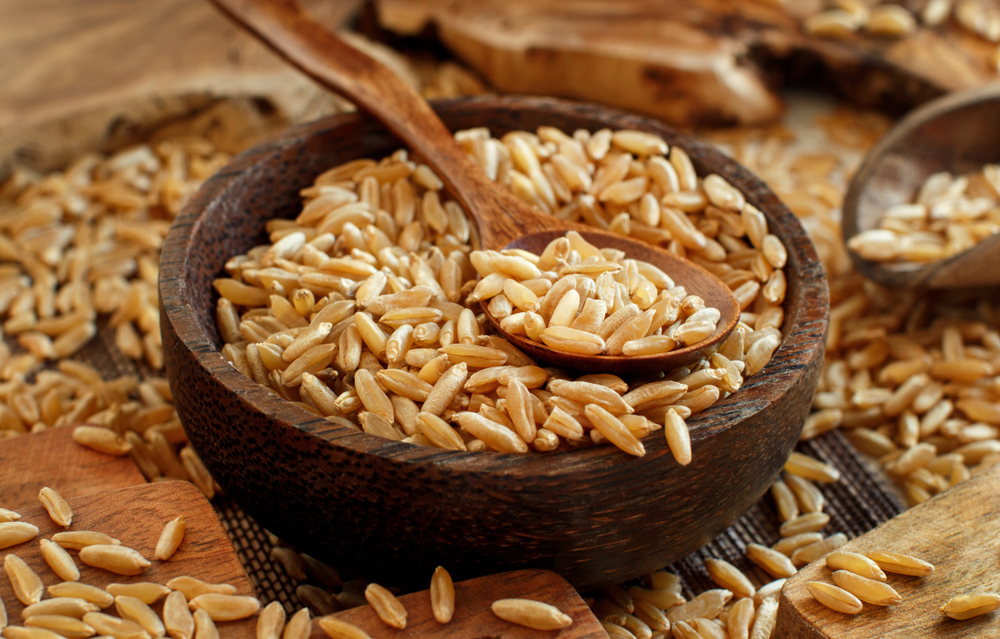
Kamut is an ancient grain with a rich, buttery flavor and chewy texture. It contains more protein than modern wheat, along with high levels of selenium, zinc, and magnesium, which support immune health and muscle function. Kamut is also a good source of fiber, aiding in digestion and helping to regulate blood sugar levels. It is often used in bread, pasta, and salads, providing a hearty and nutritious base for meals. Adding kamut to your diet can help diversify your grain intake while boosting your nutritional profile.
Einkorn
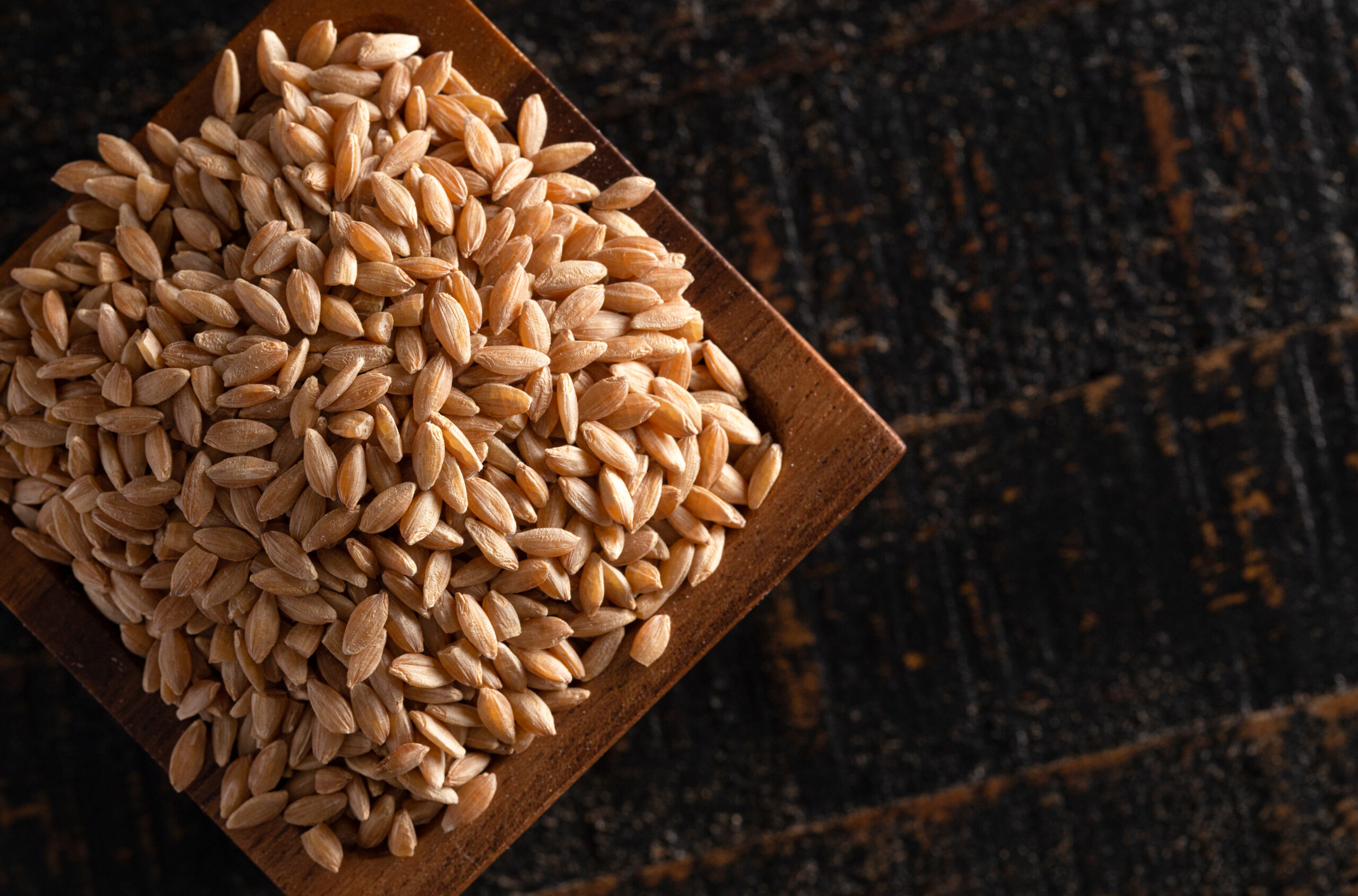
Einkorn is one of the oldest forms of wheat, known for its high levels of protein, fiber, and antioxidants. It has a slightly sweet and nutty flavor, making it perfect for bread, pasta, and other baked goods. Einkorn is also rich in lutein, a nutrient that supports eye health and reduces the risk of age-related vision issues. Despite being a type of wheat, einkorn is often easier to digest than modern wheat varieties, making it a good choice for those with mild sensitivities.
Black Rice
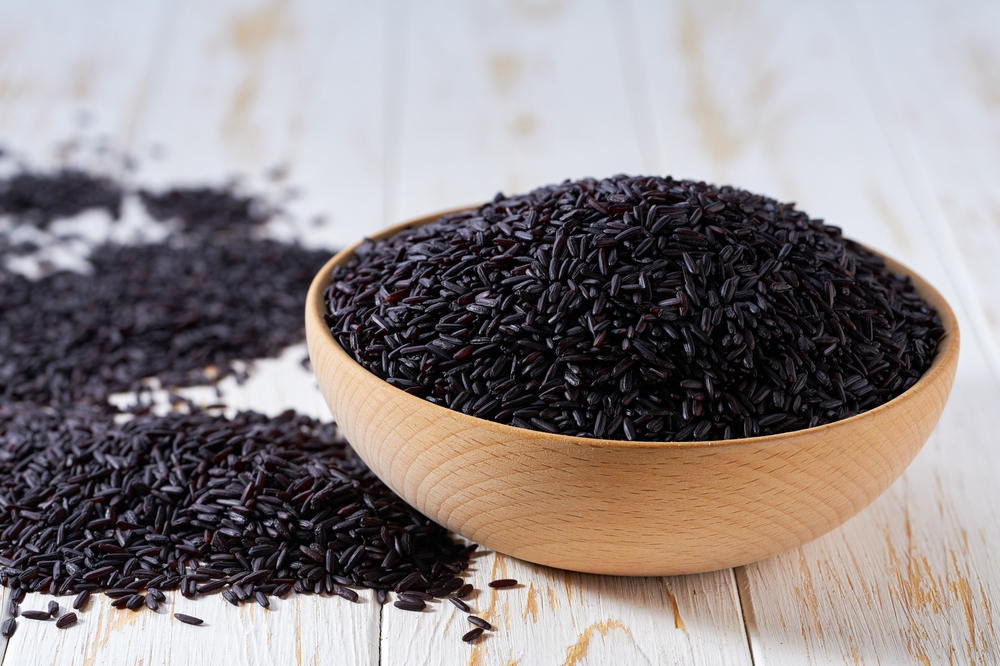
Also known as forbidden rice, black rice is a nutrient-dense whole grain rich in fiber, iron, and antioxidants. Its dark purple hue comes from anthocyanins, powerful antioxidants that protect against oxidative stress and inflammation. Black rice has a chewy texture and a mildly sweet, nutty flavor, making it a great option for rice bowls, salads, and desserts. This grain is also gluten-free and can be a healthier alternative to white or brown rice.
This article originally appeared on RetailShout.
More From RetailShout
15 Delicious Slow-Cooker Lunch Recipes You’ll Love
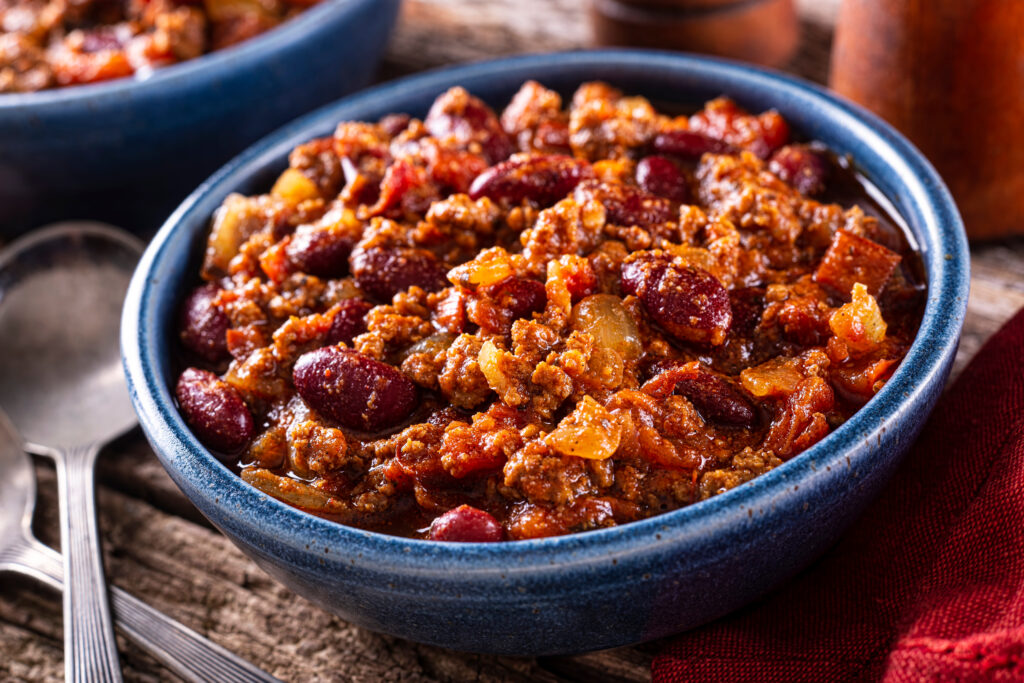
Slow-cookers are perfect for making delicious and easy lunches. With minimal prep time, you can set it and forget it, coming back to a tasty meal. Here are 15 slow-cooker lunch recipes we absolutely love. Read More
20 Easy Pumpkin Spice Desserts You Can Make at Home
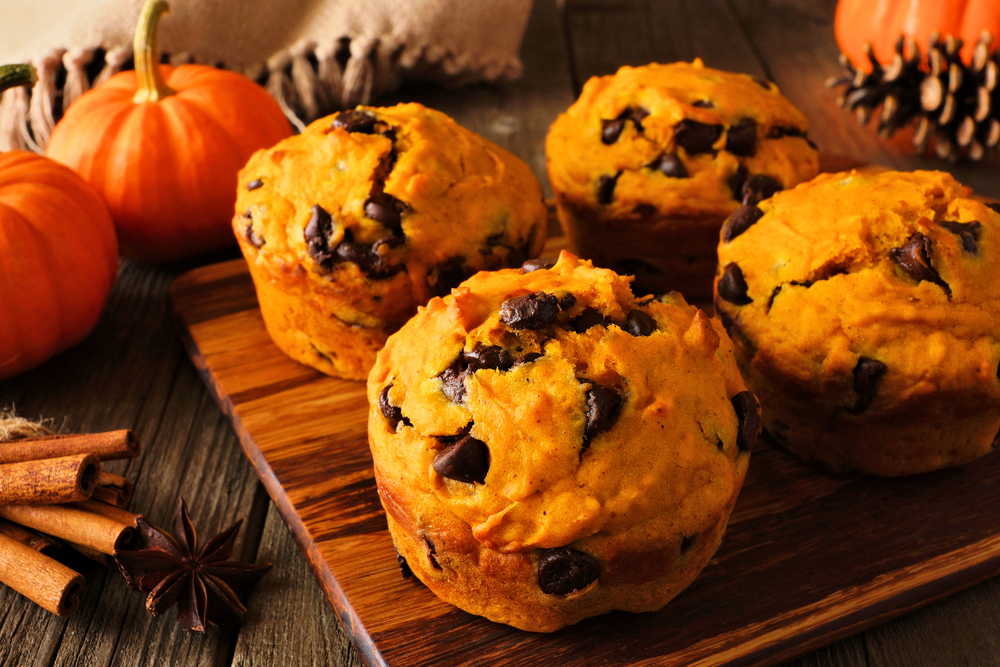
Pumpkin spice is more than just a fall favorite, it’s a flavor that brings warmth and comfort to any dessert. Whether you’re looking for a sweet treat to serve at a holiday gathering or simply want to enjoy the cozy essence of pumpkin spice at home, these easy-to-make desserts are the perfect way to indulge. From creamy cheesecakes to classic cookies, there’s something for everyone. Read More.
9 Must-Try Barbecue Joints Across the U.S.
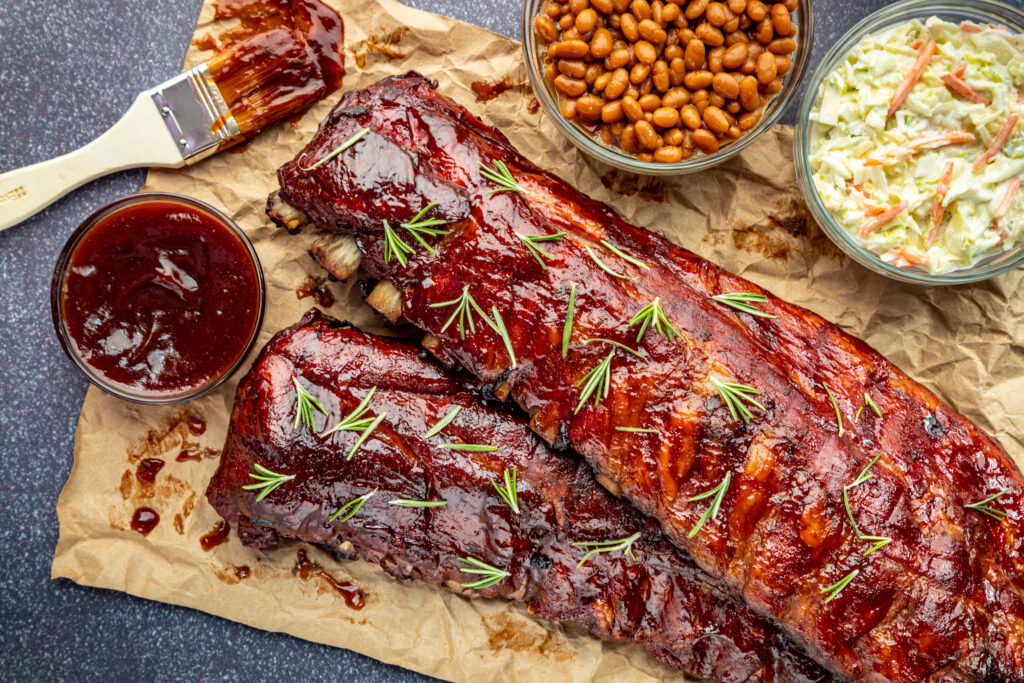
Craving some delicious barbecue? We’ve got you covered! From the smoky ribs of Texas to the tangy pulled pork of North Carolina, there’s a top-notch barbecue joint in every state just waiting for you to try. Dive into our list and discover the best spots for mouthwatering BBQ across the country. Read More.


